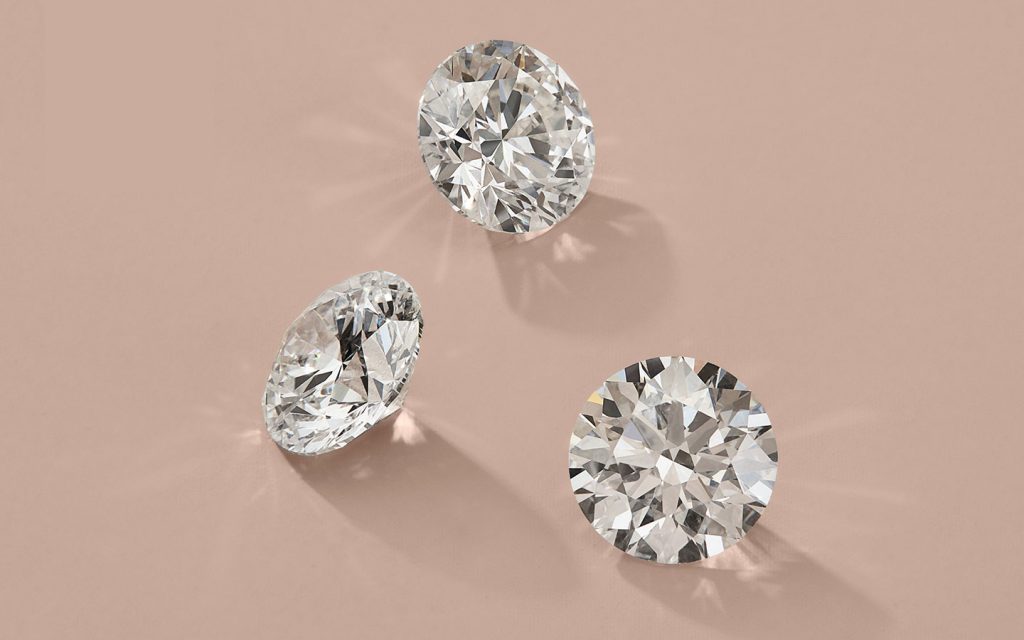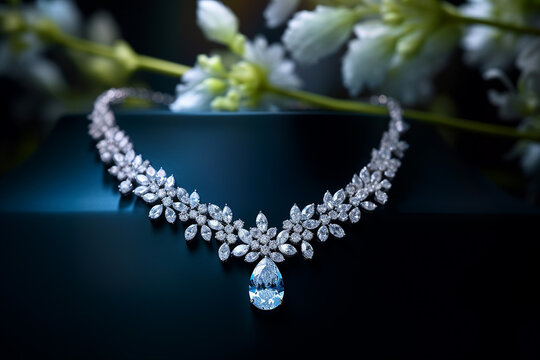
4Cs of Lab-Grown Diamonds: Understanding the Basics
Diamonds have long been a symbol of luxury, timeless beauty, and everlasting commitment. However, as the world becomes more eco-conscious, there has been a growing demand for ethical, sustainable, and affordable alternatives to traditional mined diamonds. This is where lab-grown diamonds come into play. Created through cutting-edge technology, lab-grown diamonds are chemically, physically, and optically identical to natural diamonds, but they come with a significantly smaller environmental footprint and a more accessible price point.
When shopping for a lab-grown diamond, just like with natural diamonds, understanding the “4Cs lab grown diamonds” is crucial. The 4Cs—Carat, Cut, Clarity, and Color—are the key factors that determine a diamond’s quality, appearance, and value. Here’s an in-depth look at how the 4Cs apply to lab-grown diamonds:
Table of Contents
Toggle1. Carat: The Weight of the Diamond
Carat weight refers to the size of the diamond, or more precisely, the weight. One carat is equivalent to 200 milligrams, and diamonds are often measured in fractions of a carat (e.g., 0.50 carats or 1.25 carats). In lab-grown diamonds, carat weight is just as important as in natural diamonds.
A higher carat weight means a larger diamond, but it’s also worth noting that larger lab-grown diamonds can be significantly more affordable than their mined counterparts. This is because lab-grown diamonds can be produced in a controlled environment, allowing manufacturers to create diamonds of desired sizes more efficiently. As a result, shoppers may be able to purchase a larger lab-grown diamond for the same price as a smaller mined diamond.
2. Cut: The Diamond’s Proportions and Sparkle
The cut of a diamond is arguably the most important factor influencing its overall appearance. A well-cut diamond will reflect light in such a way that it sparkles and catches the eye, while a poorly cut diamond can appear dull and lifeless. The cut is assessed based on factors like symmetry, proportion, and the quality of the facets.
For both natural and lab-grown diamonds, the ideal cut is typically considered to be one that maximizes the diamond’s brilliance and fire (the dispersion of light into various colors). Lab-grown diamonds undergo the same rigorous cutting standards as mined diamonds, and their cut can range from basic to exceptional.
However, one advantage of lab-grown diamonds is that they can be produced with a higher degree of precision. Since they are manufactured in a controlled environment, there’s more consistency in the cutting process, which can lead to more diamonds with excellent cuts available at a variety of price points.
3. Clarity: The Presence of Inclusions
Clarity refers to the presence of internal or external imperfections, known as inclusions and blemishes. Most diamonds, whether natural or lab-grown, will have some form of inclusion or blemish, though they are often microscopic and not visible to the naked eye. Diamonds are graded on a scale from Flawless (FL), meaning no inclusions or blemishes visible under 10x magnification, to Included (I1, I2, I3), meaning inclusions are visible to the naked eye.
Lab-grown diamonds generally have fewer inclusions compared to natural diamonds because they form under controlled conditions. As a result, it’s possible to find lab-grown diamonds with higher clarity grades (such as VS1 or VS2) at more affordable prices than natural diamonds of the same grade. Many people choose lab-grown diamonds specifically for their exceptional clarity and visually flawless appearance.
4. Color: The Diamond’s Hue
Diamonds are graded on a color scale from D (colorless) to Z (light yellow or brown). The less color a diamond has, the higher its grade. Lab-grown diamonds are graded using the same color scale as natural diamonds, and because they are made under controlled conditions, they often exhibit superior color qualities.
Most lab-grown diamonds fall into the D to H range (colorless to near-colorless), which means they have very little to no noticeable color. This is due to the ability of manufacturers to replicate the conditions that produce ideal color characteristics in a diamond. Lab-grown diamonds are especially popular among those looking for a high-quality diamond with exceptional color, without the hefty price tag associated with mined diamonds of similar grades.
Conclusion: The Appeal of Lab-Grown Diamonds
Lab-grown diamonds offer an ethical and sustainable alternative to traditional mined diamonds, and they are held to the same high standards in terms of the 4Cs: Carat, Cut, Clarity, and Color. By understanding these criteria, consumers can make informed decisions when purchasing a lab-grown diamond, ensuring they get the best value for their money.
Whether you’re looking for a lab made diamonds engagement ring, a piece of fine jewelry, or simply an investment in timeless beauty, lab-grown diamonds offer the same stunning qualities as natural diamonds, without compromising on ethics or environmental responsibility. And with the 4Cs as your guide, you’ll be able to choose the perfect lab-grown diamond to suit your taste, budget, and values.
Related Posts

GIA vs IGI: Understanding Lab-Created Diamonds

The Ultimate Guide to Barbershop Services in Coral Gables

